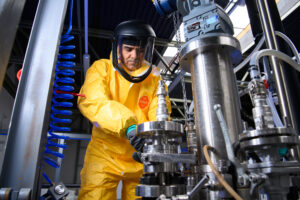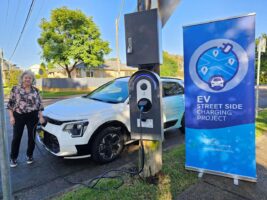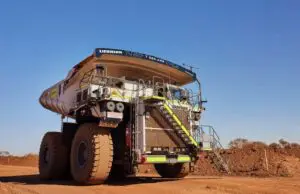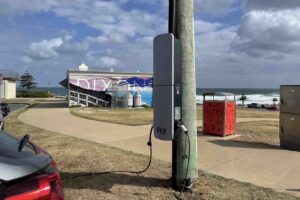The Paris climate targets require greatly reducing US global warming emissions from all sectors of the economy to reach or even surpass net zero emissions. Reducing emissions from transportation is critical to this goal since the United States transportation sector has now become a larger source of carbon dioxide emissions than electricity generation for the first time in decades.
In 2014, the EPA estimated that 31 percent of all global warming emissions came from the transportation sector. Currently, the transportation system—from cars and trucks to airplanes and ships—runs almost exclusively on petroleum. And because we burn petroleum in millions of moving vehicles, there is little opportunity for a technology fix that can capture the carbon dioxide that is produced during combustion.
Therefore, achieving our 2050 climate targets will mean changing much of our transportation system from the burning of petroleum to cleaner, renewable sources of energy that have much lower emissions. Fortunately, many of the solutions to reducing emissions are already known and being put into use today.
The future is here already
For some applications like the personal vehicles many of us drive, we know how to begin this transformation: we can replace yesterday’s technology (gasoline and diesel cars) with electric-drive vehicles. Both battery electric vehicles and hydrogen fuel cell vehicles can replace many of the vehicles we currently drive and have the potential to be virtually emissions free during use. The emissions from these vehicles depend on the energy source used to generate electricity or hydrogen. Already in much of the United States, recharging a battery electric car results in lower global warming emissions than the most efficient gasoline car. And since electricity generation is trending towards lower emissions, recharging vehicles in the future will be even cleaner. Hydrogen can also be made using renewable sources that reduce or eliminate emissions, including solar and wind power.
Since light-duty vehicles make up over 60 percent of all global warming emissions from transportation, changing our personal cars and trucks to electric drive is critical to any deep decarbonization strategy. One influential report, “Pathway to deep decarbonization in the United States”, shows that most light-duty vehicles on the road will need to be at least partially electric by 2050. This would require the majority of new cars sold in 2035 to be an electric drive vehicle. This is a significant change from today, but a number of states in the United States are already on this path. California and nine other states have adopted a Zero Emission Vehicle policy that requires automakers to sell electric vehicles, with the goal of 15 percent of all new cars being electrified by 2025.

Larger vehicles such as heavy-duty trucks and buses also will need to electrify, and solutions are beginning to be developed. Outside the Oakland UCS office, I often see one of AC Transit’s hydrogen fuel cell buses drive by. Battery options also are becoming available for both buses and delivery trucks and more information can be found in our recent report, “Delivering Opportunity”. For some large vehicles, biofuels will likely also be part of the solution. Fuels like biodiesel and cellulosic ethanol can reduce emissions from transportation, if they are produced in a sustainable manner.
Planes, trains, and ships
Aviation, rail, and shipping make up a smaller portion of transportation emissions, though improvements are still important to reaching emissions reduction goals. Efficiency improvements in aircraft can help, as well as the use of biofuels. Similarly, rail and shipping can also use a combination of biofuels, efficiency, and perhaps hydrogen to reduce energy demand and lower global warming emissions.
Cleaning up combustion is important too
To be consistent with long term climate plans, we must move transportation away from petroleum to the greatest extent possible. However, in the near and medium term, many of our vehicles will still rely on combustion. For this reason, we cannot ignore efforts to make conventional vehicles more efficient and less polluting. This means making sure that current rules on both passenger car and heavy-duty truck efficiency go forward, saving significant emissions and petroleum.
A path to cleaning up transportation
Reducing emissions from transportation will require a wide-scale shift away from petroleum. This change won’t happen overnight and will require new investments in alternatives to using oil, both in vehicle technology and fuel infrastructure. However, the good news is that many of the solutions we’ll need, like battery and fuel cell technology and conventional efficiency improvements, are ready to be put into action.











